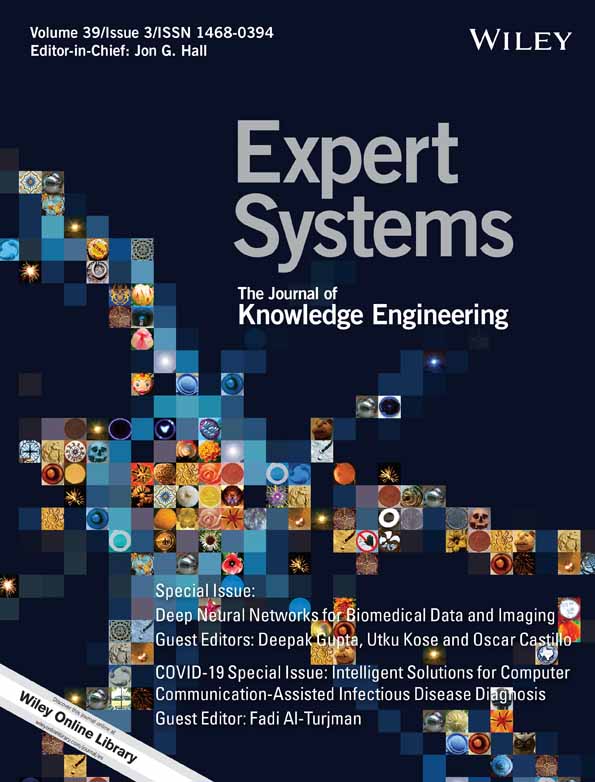A study on specific learning algorithms pertaining to classify lung cancer disease
Abstract
Lung cancer is a worldwide precarious disease and it is encouraged by the abnormal growth of cells in bronchi. Spotting the cancer cells is unknown until it leads to respiration issues and the muddling of organs working. Due to problems, limited or incorrect selection of hypothesis space, and dropping into local minima, single learners often give erratic output in an existing approach. The ensemble method accomplished a dataset that is free and composed of computed tomography (CT) images. The annotation process reveals observed lung lesions and provides a degree of malignancy for each lesion. Detection of benign and malignant nodules is recognized using deep convolutional frameworks AlexNet, SqueezeNet, GoogleNet, ResNet, and Inception ResNet, achieves higher accuracy (93%) than other convolutional neural networks (CNNs). Eight machine learning methods are involved for achieving better performance. The prediction probability obtained from CNN is applied as input to support vector machines (SVM), K-nearest neighbours (KNN), naive Bayes (NB), multi-layer perceptron (MLP), decision trees (DT), gradient boosted regression trees (GBRT), and adaptive boosting. The composition of GoogleNet model and AdaBoost classifier reached the most coherent classification accuracy as 99%. This is one of the best ways to analyse early detection and it increases the survival rate. Therefore, the result from the proposed deep CNN and ML technique achieves better precision than sputum cytology, X-Ray process, and earlier detection of lung cancer.
CONFLICT OF INTEREST
On behalf of all authors, the corresponding author states that there is no conflict of interest.
Open Research
DATA AVAILABILITY STATEMENT
Data sharing not applicable to this article as no datasets were generated or analyzed during the current study.




